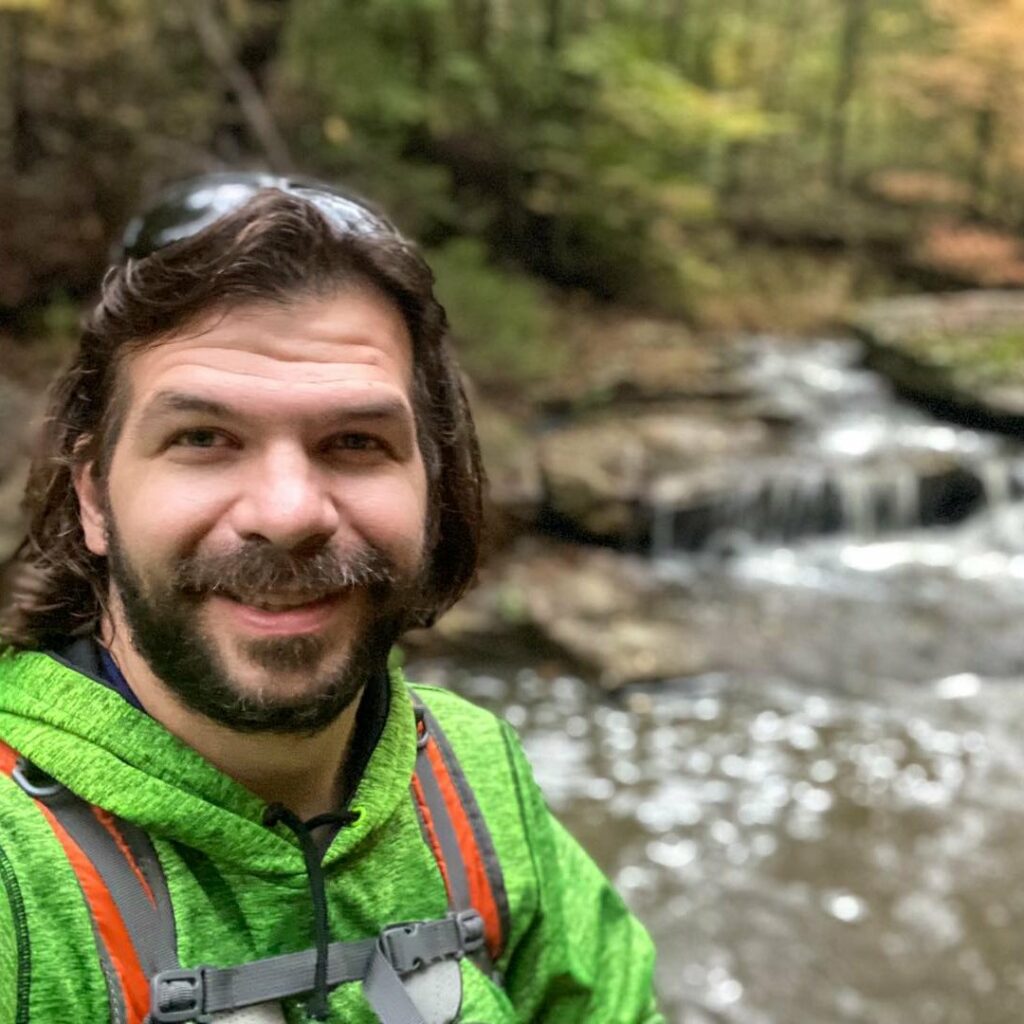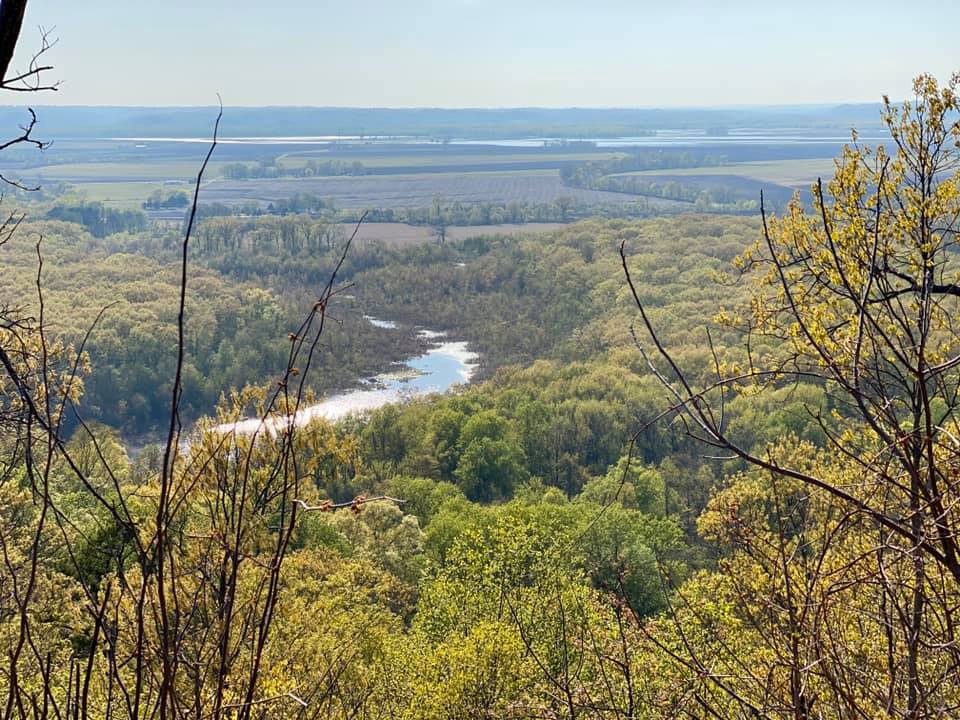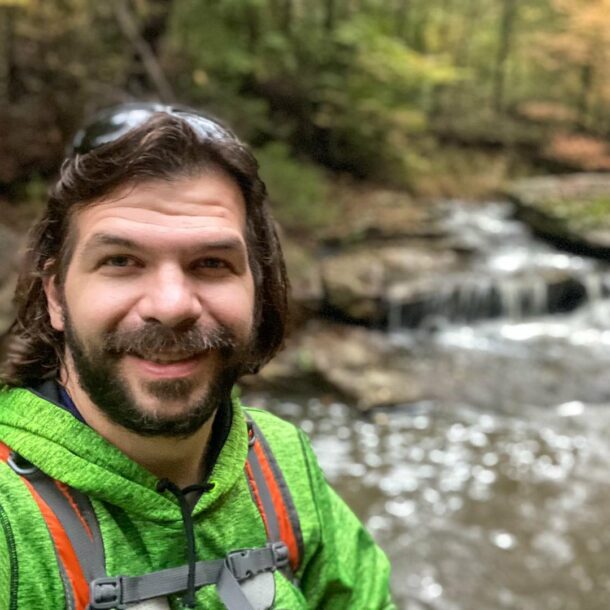15 Most Asked Hiking Questions with Honest Answers
These are the 15 most asked hiking questions I commonly see.
When it comes to hiking, no question is a bad question. Hiking can be rewarding and life-changing as long as you do it right. But if you don’t do it right, it can be harder than needed or even a bad experience to make you not want to hike again.
So, asking questions is a good thing. These aren’t all the questions asked, but they’re a great start.
What are the Most Asked Hiking Questions?
These are the most asked hiking questions with honest answers.
1 – What should I pack for a hike?
Many hikers make the mistake of not packing the right amount of gear. And often, because of that mistake, they have a bad experience. Avoid a bad hiking experience by packing the right gear.
Get a backpack made for hiking. These will have support systems and pockets made for wearing long-distance and holding gear. Understand the capacity of your pack (typically in liters), and don’t overpack.
Take navigation with you. This includes smartphone apps like All Trails or Avenza, maps, a compass, and even a GPS unit.
Bring plenty of water and snacks. Your heaviest item should be water. Bring extra food and snacks with you, too. Bring a water filter but make sure it works before using it.
Extra layers. This is especially important when hiking in cold weather if you need more warmth. Layers can also include rain gear and camp shoes.
Sun protection. Bring a hat, sunglasses, and sunblock lotion. It’s important to keep yourself safe while in the sun, even if you’re mainly in the woods.
First Aid Kit. Bring a small first aid kit. You don’t need a surgery bag, but the basics and stuff you know how to use are important to carry.
Headlamp. Bring a headlamp with you even if you plan to leave the woods before dark. You never know what could happen. Bring extra batteries, too.
Whistle. If you become disabled or lost, you can use a whistle to call for help. It takes more energy away from your to scream for help than to blow a whistle.
Multi-Use Tool. A multi-use tool with a knife can be used for many things. You can use it to cut wood for a fire, fix gear, or even for some first aid needs.
Insect Repellent. Make sure you treat your clothing, boots, and gear with an anti-tick solution such as permethrin. Bring DEET-based (or lemongrass) insect repellent to help keep the biting bugs off you.
Personal medication. Make sure you bring any personal medication you might need. If you have allergies and may need an Epi-pen, bring one with you, just in case.
Trekking Poles. If you need stabilization or balancing support while hiking, you might want to invest in some trekking poles.
This basic gear should be all you need to get started with hiking.
2 – How do I choose the best hiking boots or shoes?
This really depends on your needs.
I hike a lot in all conditions, including wet and dry, cold and warm. I typically try to wear waterproof hiking boots for most of my hiking trips. If it’s an easier hike, I’ll wear a pair of comfortable trail running shoes.
You should not wear flip-flops or Crocs unless they’re for wearing around the camp. They’re unsuitable for hiking and will have no grip on slippery surfaces.
3 – What are essential safety tips for hiking?
Some of the most asked hiking questions are geared toward hiking safety, which is good. There are some common hiking safety tips that you need to know before starting any hike.
Plan and research your hike. This should be done before your hike. Know what you’re getting yourself into before you start.
Don’t hike alone. Try to hike with a friend, family member, or a hiking group. If something happens to you and you can’t hike anymore, having someone with you can be a lifesaver.
Stay on the designated trail. Don’t hike off the designated trail. Most safety hazards occur when hikers leave the designated trail.
Hydrate and fuel. Be sure to drink plenty of water and eat a snack while hiking on the trail. Dehydration is nothing to play with.
Pace yourself and take a break. Don’t get in a hurry. It’s not a race. Try to take a break every now and then, especially when you’re starting to get tired and hot.
Watch your step. Most hazards can be avoided when you simply watch your step. Watching your step can prevent you from falling or stepping on a venomous snake.
Understand the wildlife in the area. Be bear aware if there are bears and carry bear spray. If there are venomous snakes, be aware of them and watch where you step and put your hand.
Tell someone where you’re going. Designate someone as the safety person to report you missing if you don’t come home. Tell them exactly where you plan to go. The information will be vital to rescuers.
And the most important tip is to use common sense because it’ll go a long way to keep you safe while you are hiking.
4 – How do I plan for a hiking trip?
Planning a hiking trip can help you get the most out of it and enjoy it.
You should always check the weather before you go for a hike and dress appropriately. Never hike during extreme weather conditions such as wildfire danger, severe weather, or blizzard conditions.
Check trail reviews and see what others think about the trail. Their feedback can help you better prepare for the hike.
Download an app or map so you can keep on the trail. Be mindful that cell phone signals may not work.
Try to check how rugged the hike is, if there are any water crossings, and what kind of elevation gain you’ll be getting. The more elevation will mean the hillier it will be.
Check official websites for trail information, safety tips, and user guidelines.
5 – How do I find the best hiking trails in my area?
The best way to find good hiking trails is to download a popular hiking app like All Trails and check what trails are in your area.
You can also check local state park websites, National Park Service, and the US Forest Service for nearby trails.
Ask your hiking friends where they like to go.
6 – How do I navigate the hiking trail?
Try to take a map reading class or research it online. That alone will help you hike more than anything else.
Most trails have colored or numbered blazes (trail signs). Make not what blaze you need to follow and watch out for them. You should especially watch for them at junctions or trail intersections.
Try to remember things you see along the trail in case you need to backtrack.
7 – How to deal with wildlife encounters on the trail?
The best way to deal with wildlife is to give it plenty of space and let it pass or walk about it, giving it plenty of space.
If it’s a bear or mountain lion, try to look big. Hold your backpack above your head and yell. You want to scare the animal away from you.
Never approach or try to handle any wildlife.
Always pay attention to the trail, your surroundings, and where you step to avoid most negative wildlife encounters.
8 – How can I treat blisters while hiking?
One of the most asked hiking questions is about how to treat blisters that form while on the trail.
Preventive measures like taking moleskin with you can help you treat blisters. You can also use a Band-Aid or even a piece of duct tape if that’s all you have. You just need to cover the blisters to stop fabric (shoes and socks) from rubbing on it bare and making it worse.
If you have new hiking boots or shoes, you should break them in before doing a longer hike; otherwise, you’ll likely get blisters from them.
Once you’re done hiking, clean the blister area (don’t try to lance or pop it) and keep it covered with a band-aid until it heals.
9 – How can I Leave No Trace?
It’s important to Leave No Trace because it keeps natural elements as natural as possible. It is also important for the wildlife that depends on it to live.
Staying on the trail can help you Leave No Trace because you’re not damaging ecosystems like you would if you went off trail.
Don’t collect anything in Nature Preserves. They’re meant to stay exactly how they are.
Pack out what you pack in. Don’t leave anything behind.
Try not to make fires, but if you do, ensure they’re cold to touch before leaving. Only you can prevent wildfires.
Leave an area you hike at better than you found it. If there is trash from someone else, be the better person and carry it out.
10 – What does trail difficulty mean?
There are three common trail difficulty ratings. They are easy, moderated, and rugged.
Easy trails are usually mostly flat and very easy to follow. They have shorter distances and very little elevation gain. Most easy trails have many artificial controls in place to make the trail easier for everyone of all ages and difficulties.
Moderate trails have steeper sections and uneven terrain. You’ll likely encounter hills and longer-distance hikes. Moderate trails tend to require more navigation skills than easier trails.
Rugged trails are harder to hike. They typically include very steep ridges, rolling hills, and even mountainous terrains. They are often hard to follow without understanding navigation skills, and you might even have to cross a creek or river along the trail./
It’s best to start out with an easy trail and work your way up to harder ones as you develop more hiking fitness and navigational skills.
11 – What do I wear for hiking?
You should always dress for the elements.
Wear clothing that is comfortable for the outdoors. This could be hiking-specific clothing like convertible pants, dry-fit shorts, and flannels. Or you might choose athletic clothing like yoga pants or compression clothing. Just make sure you’re dressing for the elements.
Layer up when it’s cold to shed layers if you begin to get hot. Sweating in the cold is not good.
Avoid cotton, denim, and anything that can’t breathe, like leather. This will hold moisture in and make your hike very uncomfortable.
Wear appropriate hiking footwear and socks.
12 – How to stay hydrated while hiking?
You should first bring plenty of water and a water filter just in case you need it.
Try to drink a few drinks of water every half hour. It’s also a good idea to take a few bites of your snack too. This will help you stay hydrated and fueled for the remainder of your hike.
Invest in some good electrolytes to add to your water on warmer days. As you sweat, you lose natural sodium, and that can cause you to become weak, tire, and dehydrate sooner. Electrolytes will help put sodium back into your body.
Always bring more food and water than you’ll need. This way, if something happens, you’ll be prepared.
13 – How do I do a multi-day hike?
The best way to do a multi-day hike is to start with an easier backpacking loop trail.
Many state parks offer easier backpacking loops. Many of them have primitive campgrounds within them for hikers. You might need to get a permit.
You could also go hiking and camping in your local National Forest wilderness area. Just ensure you follow the rules for camping in those areas.
Pack everything suggested in question one. Additional gear will include a tent or hammock, sleeping bag, camp pillow, sleep pad, and camp kitchen supplies. You might also bring a battery-operated lantern.
If you’ve never been overnight backpacking, you should go with someone who has.
Overnight camping can be very rewarding if you do it right.
14 – How can I hike in changing weather conditions?
The best way to hike in changing weather conditions is to plan for it beforehand.
Watch the weather for the day or days of your trip.
Put a lot of emphasis on layering if it is cold outside. Bring a raincoat if it might rain. Wear convertible hiking pants if it might get warmer, and you want to unzip your pants into shorts.
Dress for the weather and take the needed layers if there is a likely change in the weather.
15 – What are some good trail etiquettes to follow while hiking?
Trail etiquette is important to know and follow.
Always respect nature and wildlife. Don’t ever damage or destroy nature, including graffiti and carving on trees. Don’t stack rocks.
Pack out anything you pack in. You are responsible for discarding your trash, not someone else.
Yield to equestrians and uphill hikers. Communicate with them and let them comfortably pass while you step back and allow them to take control of the trail.
Share the trail with others, including other hikers, mountain bikers, and equestrians.
Don’t play loud music on the trail. Not everyone wants to hear your music. Some people are there for nature.
Watch your children and pets. Keep pets on a leash – it’s the law in most areas.
Practice Leave No Trace principles.
Be prepared and have a plan B, just in case. Abide by trail closures and permit systems.
Educate yourself, use common sense, and always put safety first.
And that sums up the most asked hiking questions. If you enjoyed this article and you would like to show me support for writing it, please consider donating to me. You should also subscribe to my free newsletter for more hiking advice and resources. Thank you for reading my article, and please feel free to share it with other hikers, especially on social media.
Please Support Hiking with Shawn
Alrighty folks, I hope you have enjoyed this content. I provide it for free and it takes a while to create. If you would be so kind enough to support my efforts, you can do so by sharing this post with others, especially on social media. Be sure to subscribe to my YouTube Channel to see my latest videos, shorts and live streams. Follow me on Facebook, Instagram, and Twitter for unique content that you will only find on those pages. You might also join my Southern Illinois Hiking & Outdoor Resources Group on Facebook, too!
You can also support me by becoming a Patreon Supporter for as little as $3/month and you can cancel anytime (no contracts or catches). Patreons get access to extra features, exclusive articles, sticker packs, gifts and more. Consider buying official Hiking with Shawn Merchandise as another way to support me. I spend a lot of money on Hiking with Shawn and because of extremely high public land permit fees, I make very little money in return so everything helps.
Thanks again for checking out another one of my articles and until next time, I’ll see you on the trail!

Shawn Gossman
Founder, Hiking with Shawn
Howdy folks! My name is Shawn Gossman and I founded Hiking with Shawn. I’m an avid hiker, cyclist and outdoorsman here in the Shawnee National Forest. I was born and raised in Southern Illinois and never want to leave. Click here to learn more about Shawn Gossman



Trackbacks/Pingbacks